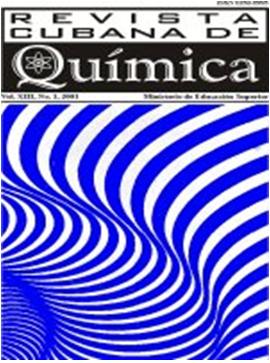Termodinámica del proceso de adsorción in vitro de teofilina en carbón activado a partir de fluido gástrico simulado
Resumo
Se estudia la adsorción in vitro de teofilina en carbones activados (NB, NE, BDH, Ch3J, Merck, Panreac, ML y M) en FGS a pH 1.2 4 h y temperaturas entre 300 - 317 K usando baño termostatado con agitación. Los datos experimentales fueron analizados con: Langmuir I y II, DR, Halsey, Freundlich, Harkins-Jura, Temkin and BET. Las muestras se caracterizaron por pHzpc y N2 77 K. El modelo Langmuir TI fue el que tuvo mejor ajuste por regresión: lineal (R2=098) y no lineal (R2=0.95, RAMSE=43). El modelo asume adsorción en monocapa e interacciones específicas. La adsorción ocurre por quimisorción y exotérmicamente (∆H = -36,81-88,70 kJ/mol) con qm (316-587 mg/g). ΔG < 0 explica el carácter espontáneo del proceso, siendo favorecido a bajas temperaturas. La ∆S < 0 representa una disminución en los grados de libertad del sistema, adoptando una configuración molecular muy parecida al del estado disuelto.
Palabras clave: carbón activado, teofilina, parámetros termodinámicos, isotermas de adsorción.
Downloads
Publicado
Como Citar
Edição
Seção
Licença
Esta revista oferece acesso aberto imediato ao seu conteúdo, com base no princípio de que oferecer ao público o acesso gratuito à pesquisa contribui para uma maior troca global de conhecimento.























